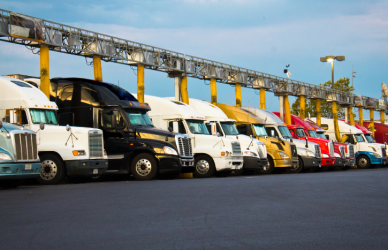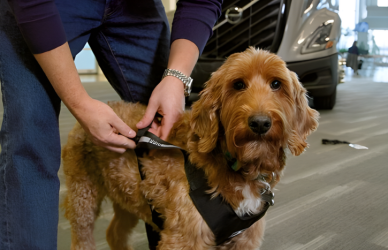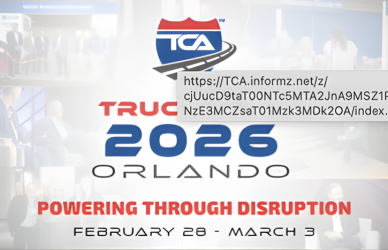A coalition of trade associations is cautioning federal regulators against incorporating data that they deem outdated and irrelevant into the development of a rule designed to assess the viability of trucking companies.
In a collaborative submission to the Federal Motor Carrier Safety Administration (FMCSA), these 11 associations, representing various stakeholders in the trucking industry, argue that six technology-related studies recently integrated into the Safety Fitness Determination (SFD) advance notice of proposed rulemaking (ANPRM) are perplexing within the context of shaping new regulations impacting carrier safety fitness.
“The majority of the documents cited are dated and have no direct relevance to a new SFD, or to the agency’s previous notice of a possible reboot of its Safety Measurement System (SMS),” the group wrote in comments. “Stakeholders do not object to the FMCSA’s consideration of technology to assist carriers in operating more safely and reducing highway fatalities. It is an entirely different question, though, whether unproven AI can be developed in sufficient quantity to create an SFD. … The cost of the new data system, and of massaging enough data to be statistically relevant for over 95% of the regulated carriers that are extremely small and have less than five trucks, is an unsolved problem … for which there is no easy or cheap answer.”
In the ANPRM released the previous year, the FMCSA sought input from the trucking sector on whether it should favorably consider carriers and owner-operators embracing safety technologies, such as crash avoidance systems, when determining safety ratings. The Owner-Operator Independent Drivers Association (OOIDA) opposed this approach, asserting that it would disadvantage small-business carriers, with only larger ones and those capable of affording new technologies benefiting.
“If these motor carriers are rewarded with better safety ratings, then smaller carriers would likely see their safety rating downgraded without any actual change in their safety performance,” OOIDA said. “Driver training, experience, and safety performance must still be valued over the mere installation of safety technologies.”
OOIDA, aligning with the 11 associations in their joint submission, also expressed reservations about the studies added to the docket, which the agency might rely on for a formal proposed rule. OOIDA cited factors such as a lack of demographic information, limited sample size, and the age of the reports.
“We believe the studies contain various flaws that limit their findings,” OOIDA said. “These reports should not be used as a basis to incorporate the adoption and use of safety technologies into the SFD methodology.”
Contrarily, certain safety groups differ with OOIDA’s stance on integrating technology into potential new rules for determining carrier safety. These groups support the FMCSA’s inclusion of the studies in the docket and commend the agency for its proactive approach. The Institute for Safer Trucking, Road Safe America, and the Safe Operating Speed Alliance praise FMCSA’s consideration of safety technology in SFD.
“When a carrier invests in active and preventative safety technologies like [intelligent speed assistance] and [automatic emergency braking], it underscores their commitment to preventing harm and operating safely,” the groups said. … Encouraging the adoption of such proven technologies, some of which have yet to be required, through SFD recognition would help accelerate their widespread implementation and enhance road safety.”
Additionally, the Alliance for Driver Safety & Security, a coalition known as the Trucking Alliance, including members from large trucking companies, fully endorses the use of crash-avoidance technology in determining carrier safety scores.
“In fact, the Trucking Alliance supports the study of all peer-reviewed research regarding truck safety,” the group said. “This process can help develop a Safety Fitness Determination that more closely addresses the need for safety management in the industry.”
Source: Freightwaves











